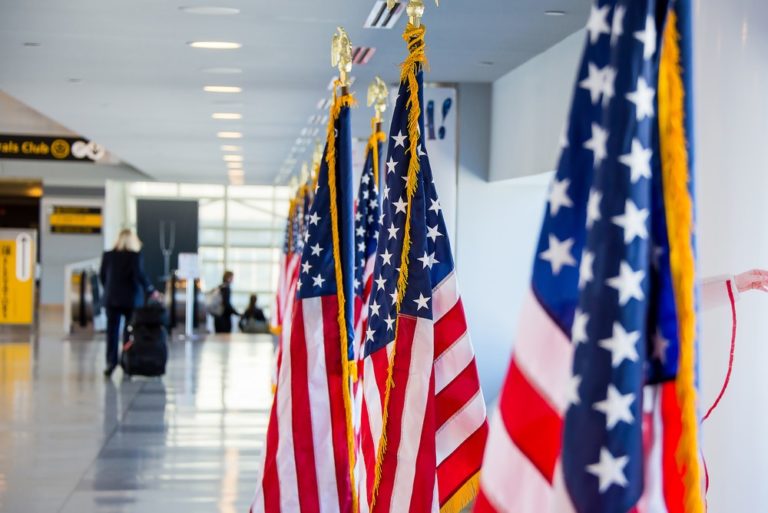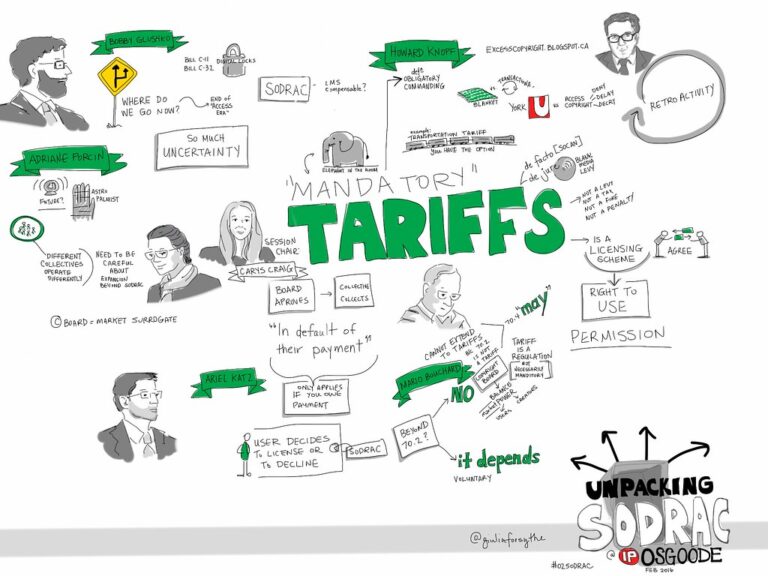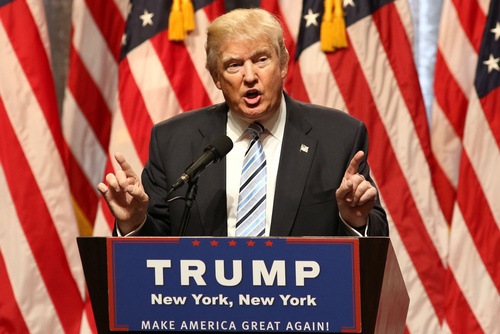Key Takeaways:
AI technology is revolutionizing content creation. New AI tools enhance creativity and efficiency for all skill levels. AI tools like ChatGPT and MidJourney simplify complex tasks. AI fosters collaboration between humans and machines. Adjustments are needed to ensure responsible AI use. Introduction
In the fast-evolving tech world, AI is making waves, especially in content creation. Whether you’re a seasoned pro or just starting out, AI tools are here to help. This article explores how AI is changing the game, offering insights into tools, creativity, collaboration, and responsible use.
What’s Happening in AI for Content Creation?
AI is not new, but recent advancements have made it more user-friendly. Tools like ChatGPT and MidJourney are transforming how we create. Whether writing, designing, or brainstorming, AI makes these tasks easier and more efficient.
Why Should You Care About AI Tools?
Democratizing Creativity AI tools are accessible to everyone, regardless of skill level. Whether you’re a student or a professional, AI helps create polished content without expensive software.
Reducing Complexity AI simplifies tasks like writing, video editing, and design. For example, AI can summarize long texts or create images, saving time and effort.
Enhancing Efficiency AI speeds up the creative process. From drafting ideas to refining content, AI tools help you produce quality work faster.
How Are AI Tools Being Used?
Writing and Editing AI can draft articles, edit, and even proofread. It’s perfect for bloggers, marketers, and students needing help with writing.
Design and Art AI tools like MidJourney create visuals from text. Designers use AI for ideas or speeding up projects.
Video Production AI helps with editing, music, and effects. Creators can produce professional videos faster without manual editing.
The Role of Human Creativity
While AI is powerful, human creativity is still essential. AI handles repetitive tasks, freeing you to focus on creative decisions. It’s a collaboration, enhancing rather than replacing human input.
Collaborating with AI: The Future of Content Creation
AI offers endless possibilities. It can generate endless ideas, help explore topics, or provide real-time feedback. This collaboration makes content creation more dynamic.
The Importance of Responsible AI Use
As AI becomes mainstream, responsible use is crucial. Here’s how to do it right:
Transparency: Clearly credit AI’s role in your work. Originality: Use AI as a tool, not a replacement. Add your unique touch. Accountability: Ensure AI use aligns with ethical standards, avoiding misinformation or bias. Conclusion
AI is a game-changer in content creation, offering new ways to create, collaborate, and innovate. By embracing AI responsibly, we can unlock its full potential. Whether you’re a content creator or just exploring, AI is an exciting tool to enhance your work. Stay curious and keep experimenting to see what AI can do for you!








